We scheduled a visit to Rio Canande Reserve of the Jocotoco Foundation which has access to this forest and provides very good accommodations with excellent trails. Our visit had two main purposes, one was to experience the exotic biodiversity of the lowland Choco forest and its birds, and the other was to gauge the state of conservation in this area that has been highly criticized due to the deforestation caused by a the logging company Botrosa.
From the main highway we drove through two hours of plantations mainly of Palm Oil, Palmito, and Cacao, which provide economic growth for large companies as well as small farmers that have settled in this bountiful soil. All of the forest in these areas had been cleared many years ago to give way to food production and housing for small towns that continually expand as the local families grow and require more resources for food, housing, and employment. Only a few sparse trees have been left behind to give shadow and housing for some birds. We found this little Black-cheeked Woodpecker family surviving on a dead tree near the road to Canande.
We crossed the Canande River on a ferry that is controlled by Botrosa (written permit by Jocotoco or Botrosa is required to board the ferry) with the purpose of limiting access to the forests ahead. After we crossed the river we continued our drive toward the Rio Canande Reserve but the road turned more difficult from the impact caused by the large and heavy trucks that haul the wood. Also this area was impacted by small towns and small farms that have setup along the access road. Upon our arrival in late afternoon we explored the nearby Red-capped Manakin Trail and saw a pair of Tawny-faced Quail and managed to photograph a hauler monkey, Spot-crowned Antvireo and a Black-headed Antthrush at dusk.
The Rio Canande Reserve was very comfortable and well equipped for such a remote area, the only nuisance was the passage of large trucks next to the cabañas at night and at dawn that reminded me of what was happening ahead. Just before dawn I received a serenade by the Little Tinamou who comes next to the cabañas probably looking to defend his territory from some human playback in the distant past.
The next day we were accompanied by Alcides who guided us to the highest viewing area of the reserve (El Mirador) via Choco Tapaculo Trail. We encountered the White-tipped Sicklebill, Buff-rumped Warbler, we heard the White-wisked Puffbird, and saw the Tooth-billed Hummingbird (lifer), Red-capped Manakin, Blue-crowned Manakin,White-bearded Manakin, and the Rufous Piha.
Tooth-billed Hummingbird
White-tipped Sicklebill
While we admired the lowlands from this high point we could hear the up-and-down wining of the logging tractors down below but the forest did not present any clear signs of damage except for some thin in-roads left by the machines as they drag the wood to the main road. A group of Swallow-tailed Kites played with each other and chased fast White-collared Swifts that raced next to them. While we had lunch we were visited by a pair of Blue Dacnis and a female Scarlet-thighed Dacnis (lifer).
Scarlet-thighed Dacnis
On our return we were interrupted, harassed, and followed by a large group, maybe 14 to 20 Capuchin Monkeys. Further down we heard the Choco Tapaculo but he did not approach even with playback. TheTawny-faced Gnatcatchers flirted in front of us so quickly that I was never able to focus on a single bird. A Doubled-toothed Kite posed in the forest in front of us while I snapped some more pictures.
Capuchin Monkeys
In the afternoon we went to the the tiny village of Hoja Blanca and beyond to scope the Botrosa Road which would be our final destination for an early birding on the next day. As we entered this famous road we encountered lots of forest destruction in the privately owned small farms that are occupied by colonos (people not native to the jungle who have moved in many years ago take possession of the virgin forest). The further we drove away from Hoja Blanca we started to notice the login trails that had been cut some 20 years ago by Botrosa, and a luscious forest that, from a birders point of view, looked pretty healthy. On a couple of stops we manage a nice picture for an Mealy Amazon parrot while it filled up with some seeds.
Mealy Amazon
Continued .. Bird Watching Botrosa road
…


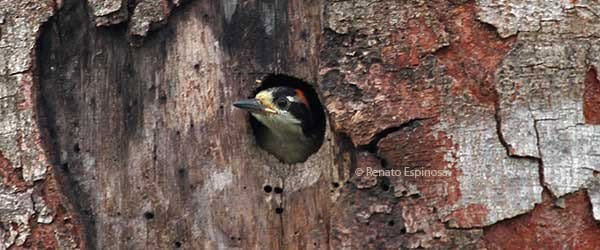
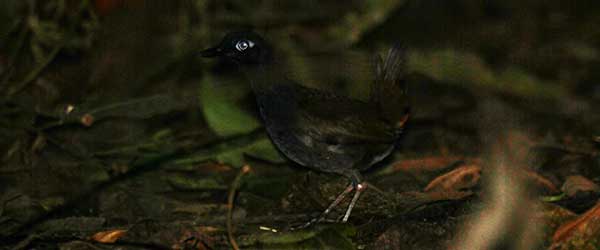
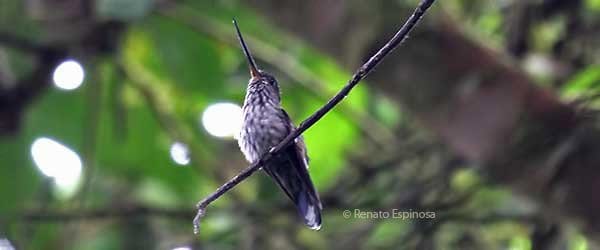
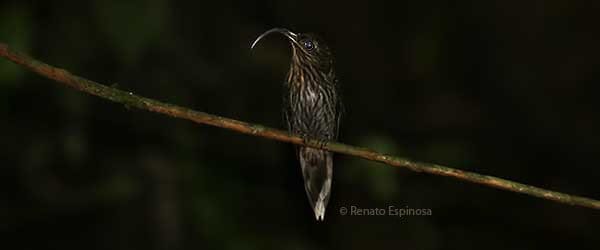
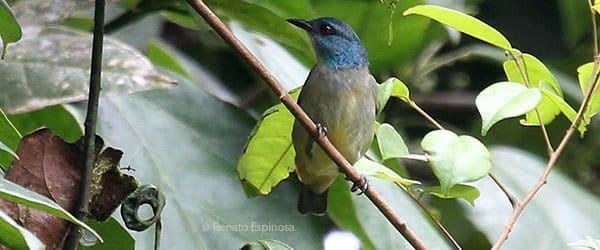
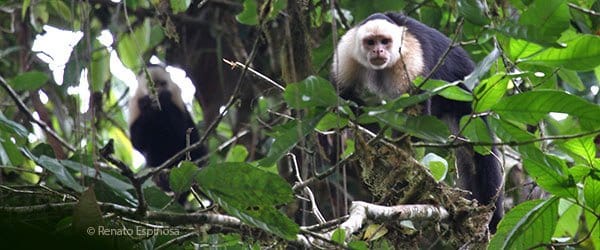
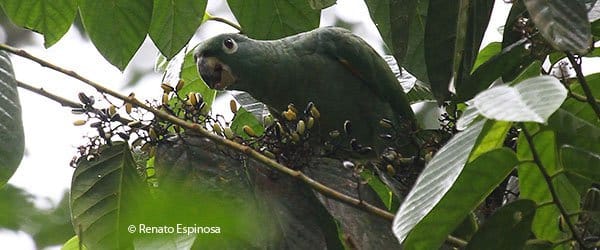





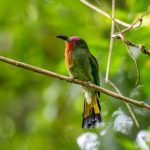

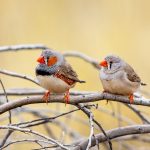
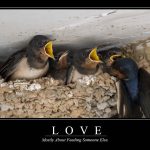

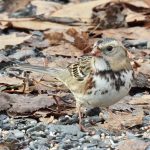
hello
woooooooooooooooooooooooooooooooooooooow thats the best blog i have ever seen and i am not joking lots of info not to much pictures just what im looking for so u saw a lot of birds in your biurdwtaching did u
u have no people commentating yet only me.
bye
Hola Vinicio y gracias por tus comentarios.